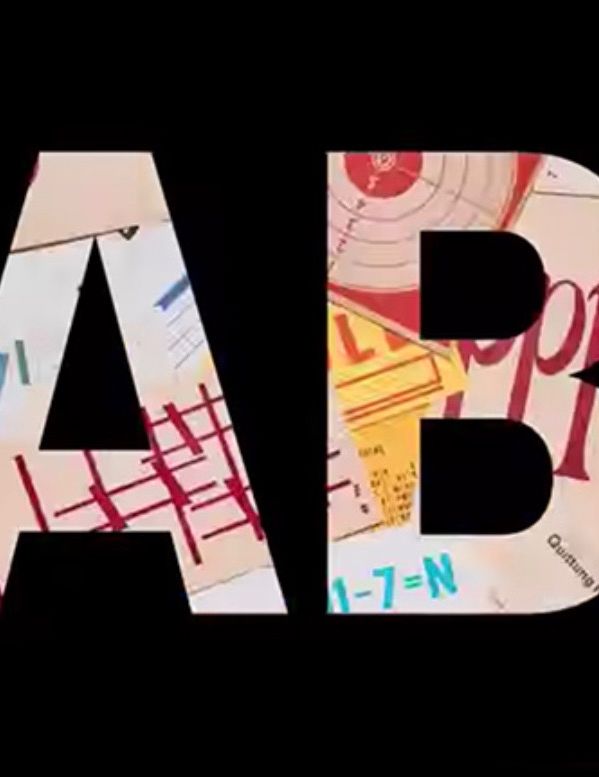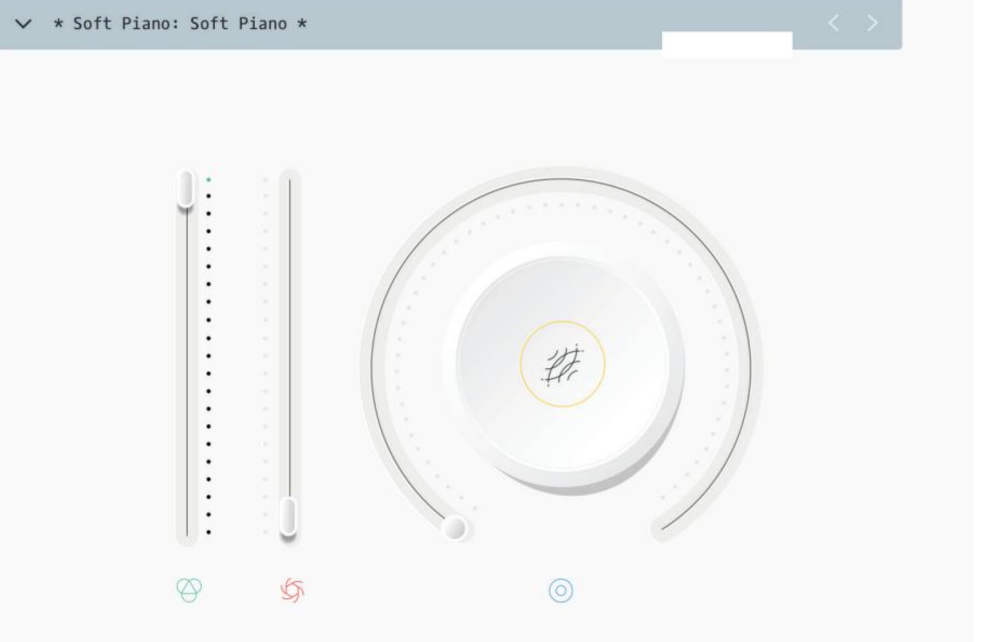If I had to sum up this review in one sentence, that would be: I cannot believe they’re giving this stuff away for free. That’s right, North London-based Spitfire Audio, who are used by, and collaborate with the likes of Hans Zimmer, Ólafur Arnalds, and Eric Whitacre, and whose sample libraries can be heard in major Hollywood movies, are giving a selection of high-quality virtual instruments away for free. It's undoubtedly one of the best free plugins available.
As a composer myself, I’ve always been set on using Spitfire, and LABS gave me the excuse I didn’t need to dive right in and try it out for myself. This review is coming from the point of view of someone using Spitfire for the very first time. The LABS name stands for ‘Let’s All Become Something’, and I’m very, very impressed with what my empty Logic Pro X project became within a mere 20 minutes of giving this a go.
Firstly, there’s no sweat when it comes to installing the instruments. Download the [also free] Spitfire desktop app, and then your LABS downloads will automatically appear there, ready to install when you download each instrument. Once you’ve done that, the LABS website has a video for each eventuality, whether you’re on Logic, Cubase, Ableton, and so on, to get you set up in under 60 seconds.
I had a good browse through the instruments on offer — there’s a generous selection. Choose from a vintage electric piano (Electric Piano), Choir (sampled from the Eric Whitacre singers), the Charango, and lots more. What excited me, however, was the quick realisation that LABS offers enough sounds to quickly craft a neo-classical piano/strings piece in the Icelandic style of Ólafur Arnalds, so with that in mind, I opted for Frozen Strings (an apt name), Soft Piano, and Synth Pads.
Soft Piano blew me away the most, although admittedly I’m biased, being a pianist myself. But the warmth and character of the sound is just ludicrously realistic. Most composers agree that we must always record with real acoustic instruments when possible, but these days, it’s all too common that a project just won’t have the budget for a string quartet, space for a real piano, etc. So in that situation, Spitfire isn’t just adequate, it’s outrageously close to the real thing. Soft Piano is sampled from a piano’s strings being covered by a thin layer of felt, softening the fall of the hammers on the strings. Originally made popular by Nils Frahm on his acclaimed album, Felt, the recording technique is now widely used by composers in film music, recordings, and even pop music.

